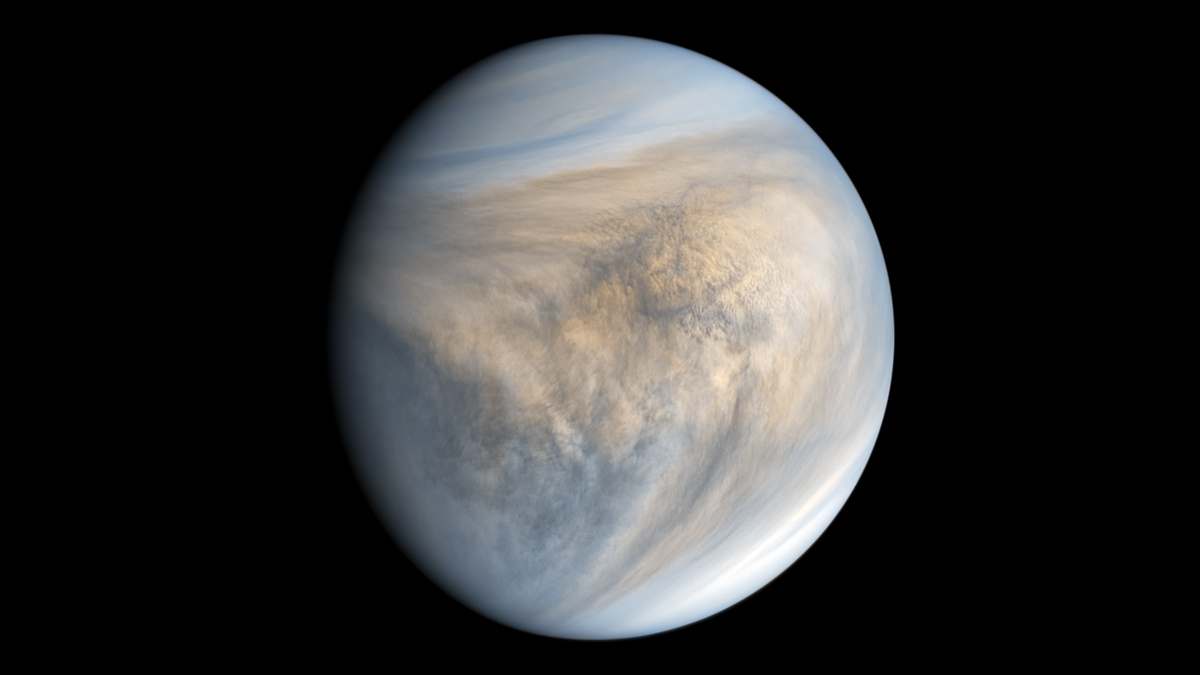Source: AGU Advances
Imagine the catastrophic winds of a category 5 hurricane. Now, imagine even faster winds of more than 100 meters per second, encircling the planet and whipping clouds across the sky, with no end in sight. This scenario would be astonishing on Earth, but it’s business as usual on Venus, where the atmosphere at cloud level rotates about 60 times faster than the planet itself—a phenomenon known as superrotation. In contrast, Earth’s cloud-level atmosphere rotates at about the same speed as the planet’s surface.
Prior research has explored the mechanisms driving atmospheric superrotation on Venus, but the details remain murky. New evidence from Lai et al. suggests that a once-daily atmospheric tidal cycle, fueled by heat from the Sun, contributes much more to the planet’s extreme winds than previously thought.
Rapid atmospheric rotation often occurs on rocky planets that, like Venus, are located relatively close to their stars and rotate very slowly. On Venus, one full rotation takes 243 Earth days. Meanwhile, the atmosphere races around the planet in a mere 4 Earth days.
To better understand this superrotation, the researchers analyzed data collected between 2006 and 2022 by the European Space Agency’s Venus Express satellite and the Japan Aerospace Exploration Agency’s Akatsuki satellite, which both studied Venus’s atmosphere by detecting how it bends radio waves. The research team also simulated superrotation using a numerical model of Venus’s atmosphere.
The analysis focused specifically on thermal tides—one of several atmospheric processes, alongside meridional circulation and planetary waves, whose interactions have previously been shown to sustain Venus’s superrotation by transporting momentum. Thermal tides are patterns of air movement that occur when sunlight heats air on the dayside of a planet. Venusian thermal tides can be broken into two major components: diurnal tides, which follow a cyclical pattern repeating once per Venusian day, and semidiurnal tides, which have two cycles per day.
Earlier research suggested that semidiurnal tides are the main thermal tide component involved in superrotation. However, this study—which includes the first analysis of thermal tides in Venus’s southern hemisphere—found that diurnal tides play a primary role in transporting momentum toward the tops of Venus’s thick clouds, suggesting diurnal tides are major contributors to the rapid winds.
Though the researchers note that further clarification of the contributions of diurnal tides is needed, the work sheds new light on Venus’s extreme winds and could aid meteorological research on other slowly rotating planets. (AGU Advances, https://doi.org/10.1029/2025AV001880, 2025)
—Sarah Stanley, Science Writer


